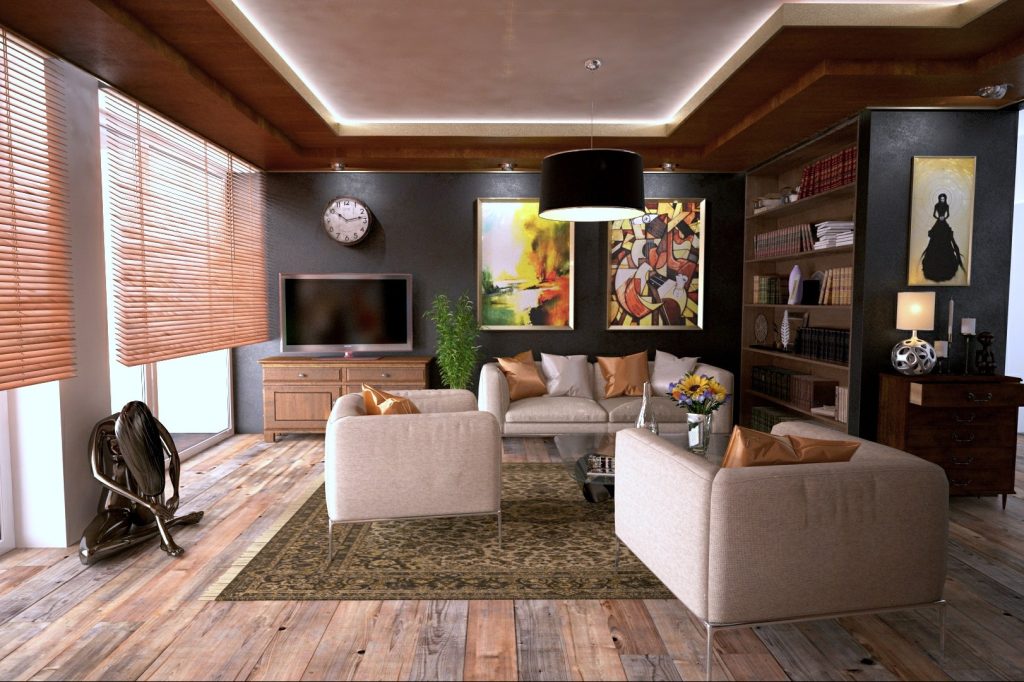Choosing the right air conditioner isn’t just about keeping cool—it’s about optimizing comfort, enhancing efficiency, and making a sound investment for the future. There are numerous types of room air conditioners, each designed for specific needs and spaces. This guide aims to help navigate these choices, ensuring that the selected unit offers optimal performance and utility.
Know Your Space: Size Matters
A room’s dimensions play a crucial role in determining the capacity of the air conditioner required. It’s not as simple as picking the most powerful unit. An oversized conditioner can lead to frequent on-off cycling, wasting energy, while an undersized unit may struggle to cool the space adequately. BTU, or British Thermal Unit, is a measure of the cooling capacity of an air conditioner. Corresponding the room size with the right BTU ensures efficient operation, translating to comfort and energy savings.
Types of Room Air Conditioners
Window Air Conditioners are common, designed to be mounted on windows, providing efficient cooling for single rooms. They’re compact and cost-effective but might block out natural light. Portable Air Conditioners offer flexibility; they can be moved from room to room based on need, requiring only an electrical outlet and a window for the exhaust. PTAC Units, typically seen in commercial settings like hotels, are versatile, providing both heating and cooling solutions. They’re installed through the wall and are ideal for larger rooms. Split Air Conditioners, comprising an indoor and outdoor unit, are quiet and powerful, suitable for homes where window units are not feasible.
Energy Efficiency: Savings in the Long Run
In the realm of air conditioners, energy efficiency isn’t a mere buzzword—it translates to tangible savings. Modern units come with energy efficiency ratings, guiding consumers on their power-saving potential. Opting for a high-efficiency unit might involve a higher initial cost, but the energy savings over its lifespan can significantly offset this, reducing monthly utility bills.
Installation and Maintenance Factors
Correct installation is the bedrock of an air conditioner’s performance and lifespan. While many units are designed for DIY installation, consulting with a professional can ensure optimal placement and secure fitting. Maintenance isn’t just about troubleshooting; it’s about proactive care. Regularly cleaning filters, ensuring unblocked airflow, and checking for leaks can prolong the unit’s life, ensuring consistent performance.
Considering Room Specifics: Windows, Insulation, and More
Every room has its unique characteristics—amount of sunlight it receives, quality of insulation, number of occupants—which can influence the type and power of the air conditioner needed. For rooms with high sun exposure, a unit with a higher BTU rating might be required. Modern air conditioners come with features like dehumidifiers and multi-speed fans, enhancing comfort based on specific room conditions.
Budgeting and Cost Considerations
While the allure of cheaper units can be strong, it’s vital to view an air conditioner as a long-term investment. Cheaper units might lack energy efficiency, resulting in higher monthly bills. Weighing the initial cost against long-term energy savings can provide a clearer picture of the total expenditure over the unit’s lifespan. Moreover, considering warranties and post-purchase services can ensure peace of mind.
Final Thoughts: Choosing with Confidence
The journey to select the perfect room air conditioner intertwines personal needs, room specifics, and budget considerations. While the myriad of choices might seem daunting, being armed with knowledge can transform this journey into an intuitive decision-making process. And always remember, while online reviews and resources are valuable, consulting with HVAC professionals can provide tailored advice, ensuring that the chosen unit is truly the best fit.









